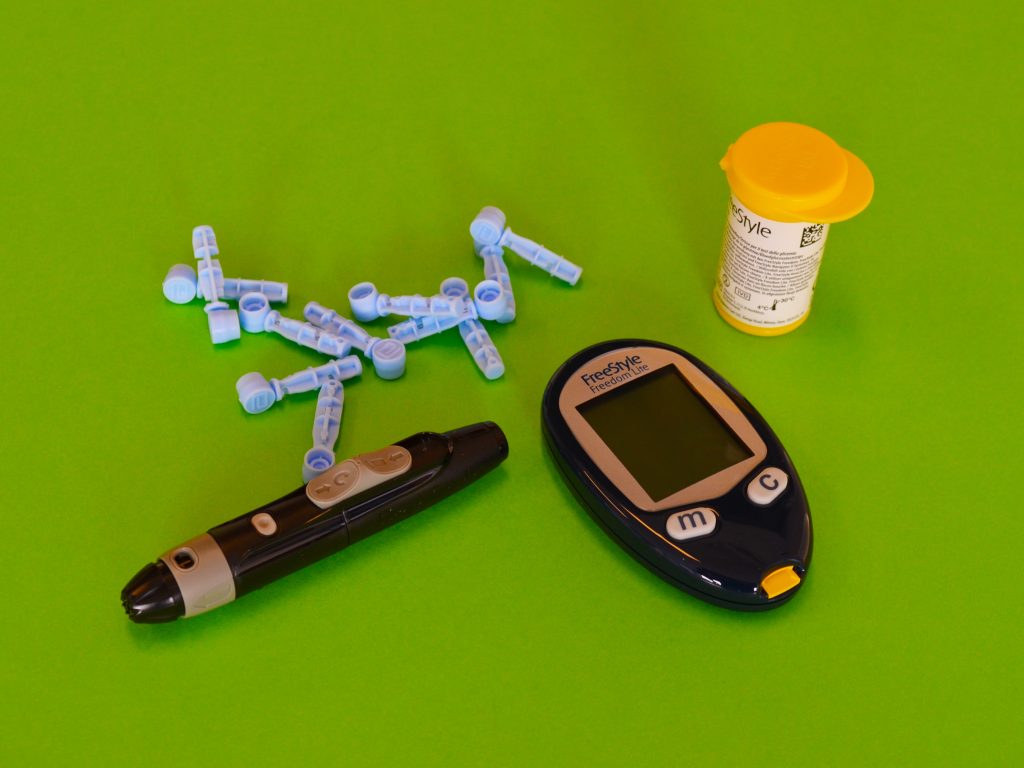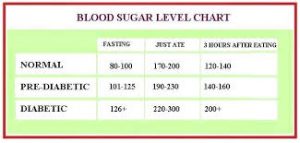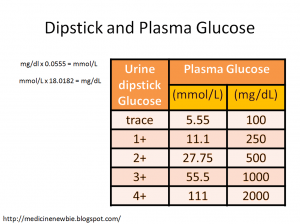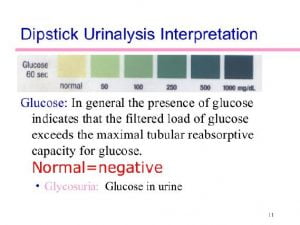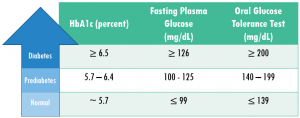4 Important Investigations To Show You If You Are Going In For Diabetes
Table of Contents
Introduction to Investigations in Diabetes
Hello Friends,
Investigations in Diabetes form an important part in the control of the disease. There are 4 specific investigations to help you understand diabetes mellitus better. We will discuss each one of them in the paragraphs below.
The Statistics-
As I am writing this article, the news posted by the International Diabetes Federation[IDF] predicts Diabetes[DM] to rise to 55% by the year 2035.[Have a look at the statistics given below]
The report also reveals that DM is killing 1 person every 6 seconds. It also states that it has afflicted 382 million people until 2013.
Click the diagram given below to know the country-wise distribution of Diabetes Mellitus:-
This has increased manifolds to date. After China, India is the next highest in having diabetic patients.
In my last 3 posts, I had highlighted the importance of Diabetes Mellitus [DM] as a disease that should not be ignored or neglected.
Today, we discuss different blood and urine investigations relevant to diabetes, how to interpret them and how often we should repeat them for achieving optimum blood sugar control.
Blood Sugar Levels:-
How much should your blood sugar levels ideally be? In my past blogs on Hypertension and Diabetes-A Deadly Duo, I have shown a chart that gives an interpretation of different blood sugar levels. I repeat the same here for your reference:-Like blood sugar, we can also measure urine sugar levels which can be done at home by using Urinalysis Dipsticks.
The images shown below indicate how a urine dipstick analysis can be a useful tool for knowing your blood sugar level indirectly.
The high glucose level in the blood is termed Hyperglycaemia. The high sugar level in the urine is termed Glycosuria.
Nowadays, we can carry out blood sugar testing by using a device called the Glucometer[shown below]
In patients having very high blood sugar, one should check daily using this device. In well-controlled diabetes, checking the sugar levels 2 to 3 times per week is advisable.
HbA1c test:-
An HbA1c test is a short form used to describe a test called the Glycated Haemoglobin test. This test reflects the average blood or plasma glucose levels over a period of 8 to 12 weeks.
This helps in judging whether
A] patient has been taking his medicines properly or not.
B] the medication prescribed is effective or not in keeping diabetes under control.
The table given below shows the HbA1C levels along with the corresponding average blood sugar level:-
Repeat this test every 3 months for judging the treatment of diabetes.
The latest news which has come up in The Times of India [on 23/06/2019] states ” a new national survey reveals all- India levels of HbA1c, a blood test to determine the average blood sugar control levels over 3 months, stood at 8.5% in May 2019–around 3% higher than normal sugar levels.” This survey, part of an ongoing year-year-long study by Novo Nordisk Education Foundation, looked at the readings of 1.8 lakh patients across 28 cities in India.
This goes to show that India has joined the race for being “the diabetes capital of the world”.
C-peptide test:–
In my Part 1 of this series, I had mentioned that DM is caused by an absence or lack of the hormone insulin. Insulin is produced by the β-cells of Islet of Langerhans in the pancreas.
Insulin helps different tissues in our body to absorb sugar that has entered our blood after taking a meal.
If there is a total or partial deficiency of Insulin, our body cells cannot get this sugar. This excess sugar floats in the blood which we determine by tests no. 1] and 2].
Insulin attached to a protein called C-peptide. Body cells need glucose for performing many functions. Insulin helps in this activity of glucose uptake. C-peptide molecule now detaches from the insulin.
This can be measured in the blood and its values are as shown below:-
Normal Insulin Levels:-
The levels of insulin at different periods of time after consuming 75 gms of glucose is shown in the chart below:-
The C-peptide level predicts the severity of insulin deficiency in the body. This helps us to know whether insulin injection is needed for a diabetic patient.
Having understood the investigations for diabetes, we now move on to the treatment of diabetes in my next post.
I have a nice podcast here which will help you understand the investigations in Diabetes better-
Be free to leave comments and suggestions.
I hope you have found this and my previous blogs to be useful. Kindly share it with your friends and groups on social media. It will help them a lot.
